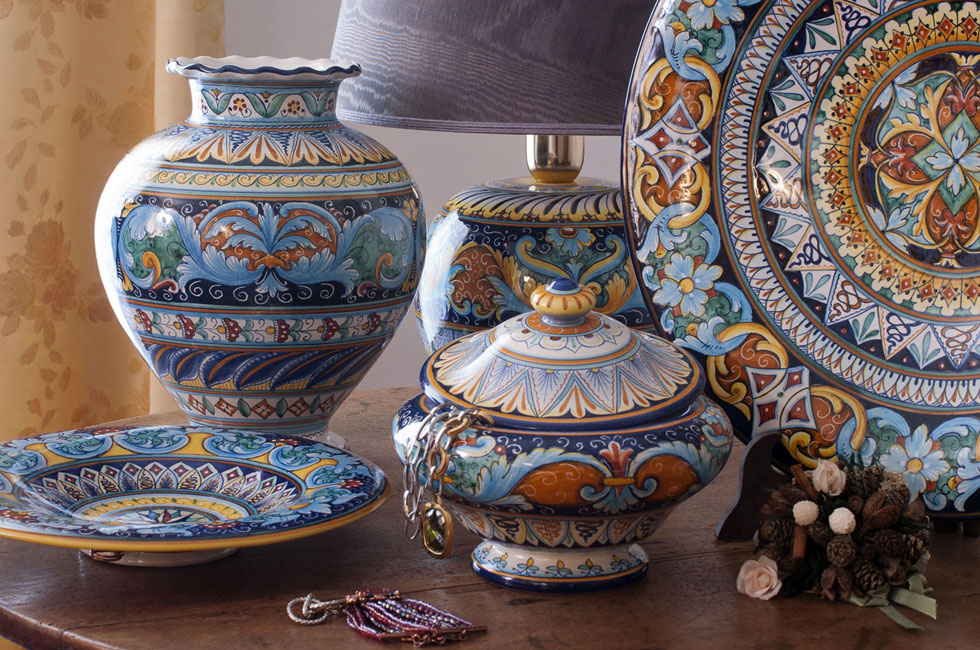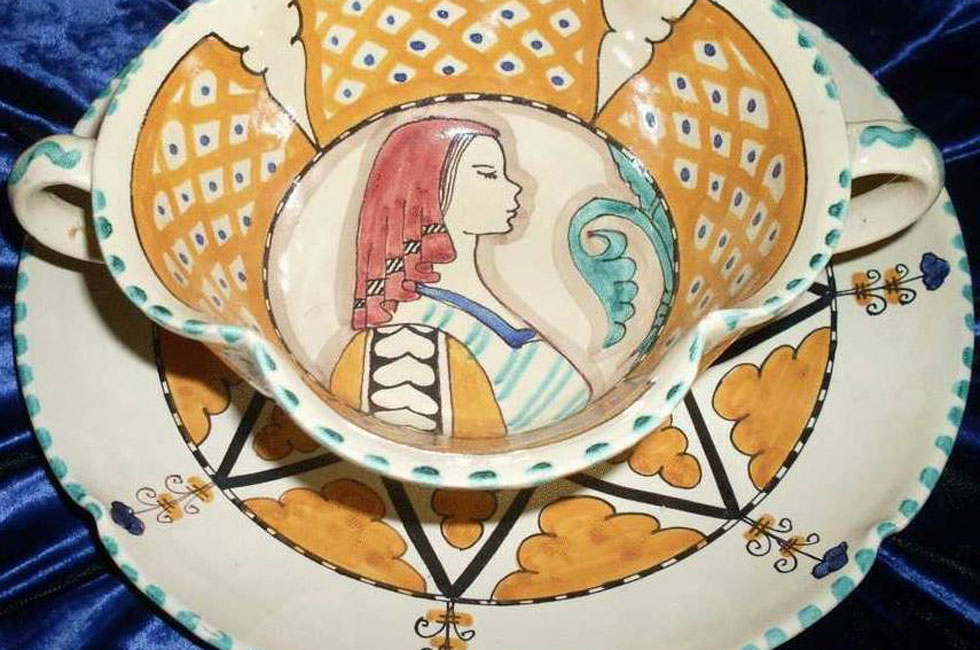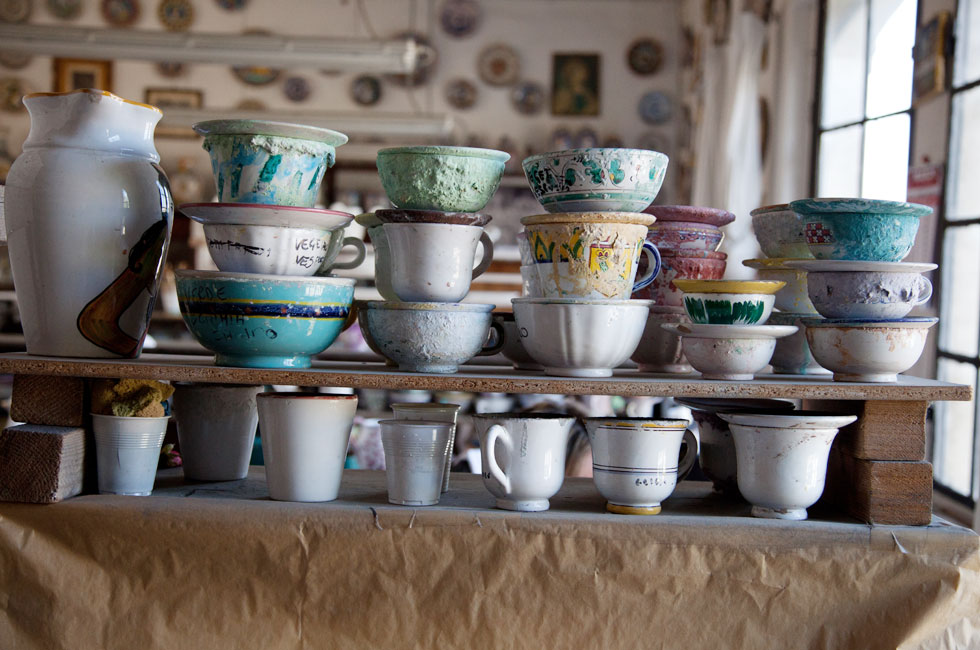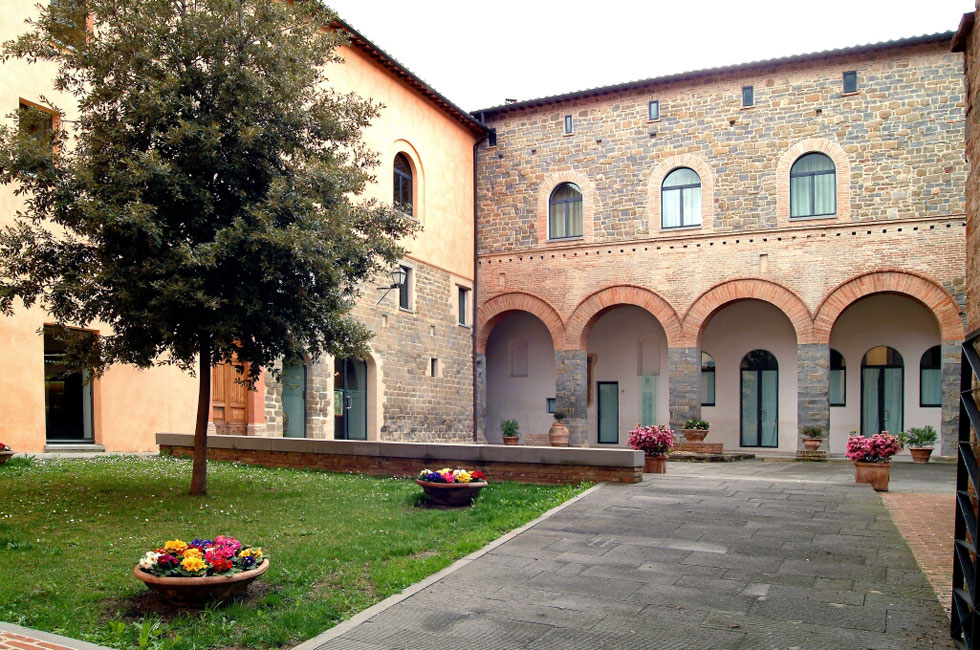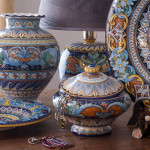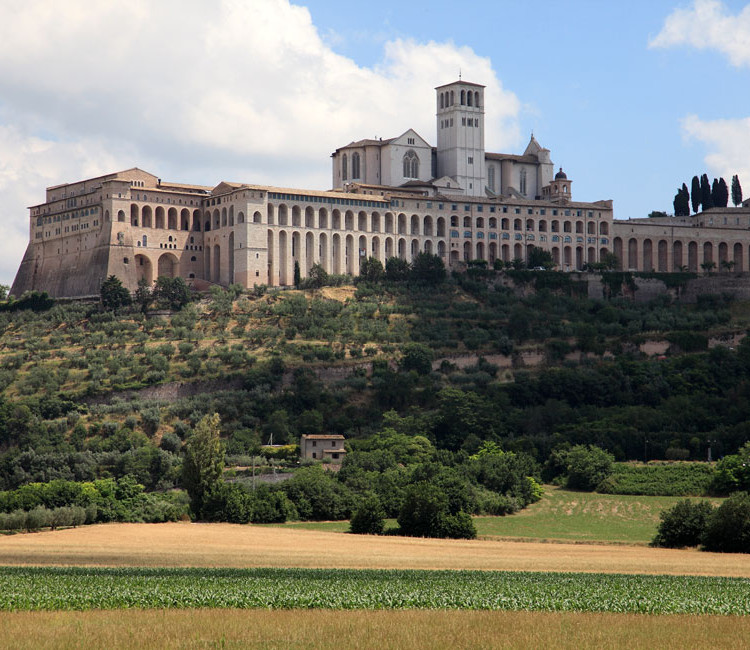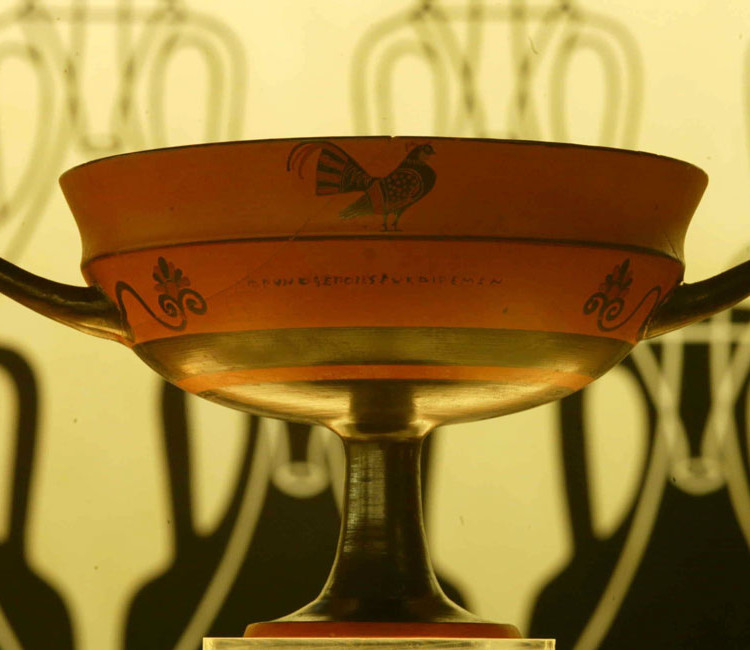By Admin
Posted in Deruta, Gubbio, Orvieto, TOURS | Tags : Deruta, Gualdo Tadino, Gubbio, Orvieto, Umbrian pottery
The pottery owns to historical-artistic tradition of Umbria. Since ancient times it decorated houses and was the expression of social distinction: sophistication and refinement of the ornament or simplicity and essentiality of the less wealthy classes. Each place in Umbria had, and has still today, a peculiar pattern and colours!
first day
See with your own eyes the pleasure of creation! With the help of potter masters, it’s possible to
create your own artwork: a unique and priceless piece! Once finished your lesson you can’t miss
the visit to Museo Regionale della Ceramica (Country Museum of Ceramic) where you can admire
the peculiarities of shapes and typical colours of Deruta. Not far from the small town we can find a
real precious place, the Shrine of Madonna dei Bagni: the walls of the XVII century structure are
covered with multicolour majolica of the near Deruta.
2° day
Gubbio expands vertically on the slope of Mountain Ingino. Visiting it on foot it’s a way for
discovering evocative perspectives and linger a bit in the many workshops that show not only
pottery but also wought iron objects. In the evocative Piazza Grande (Big Square) dominates
Palazzo dei Consoli (Consuls’ Palace) in which there’s an exhibition dedicated to majolica
produced between XIV and XX century. Inside Torre di Porta Romana (Porta Romana Tower) we
can find Museo della Majolica a Lustro (Museum of Lustro Majolica) with a vast range of
productions made by artists from Gubbio and from whole Italy. In Gubbio worked Master Giorgio, a
famous artist of Reinassence who invented the technique of ‘lustro’, combining potter with the use
of precious metals in order to create original iridescences. It’s possible to see his artworks also in the near small town of Gualdo Tadino, inside the Rocca Flea (Flea Fortress) where there’s a
section dedicated to artifacts of XV century and a vast collection of ‘lustro’ artworks in ruby and
gold, produced between the end of ‘800 and the beginning of ‘900. This production highlights the
big development of this important artistic manifacture in the city, with a special attention to its local artists.
Third day
Certainly in Orvieto the Cathedral is the first attraction of the city but please, take the time to have a walk through the courses of the old town centre where there are many workshops and shops of ceramic: colours and ornaments of potter from Orvieto have ancient origins. All the production related to ‘buccheri’ dates back to Etruscan period; typical of this style are the red and black figures. In the medieval age a new and important creative impulse allowed the beginning of production of typical majolica in dark manganese and green; then, during the XV century, potter masters from Orvieto introduced new colours (yellow and cobalt blue), new techniques of decoration and modernized styles and design. A visit to the Museo delle Maioliche Medievali e Rinascimentali (Museum of Medieval and Reinassence Majolica) will help you to decide which style and which history it’s better for your souvenir. The big kiln inside it, the only one of XV century existing in Italy, was used for creating a rich and well-structured potter manufactures which you can see around Orvieto. Before leaving the city, don’t miss the occasion to take a tour in the past following the subterranean path of ‘Orvieto Underground’, in which you can find discoveries of edieval age extracted from the ’butti’ of the kitchens of buildings and houses: thanks to them has been possible to go back to ceramic tools and ornamentation used in the different periods.




